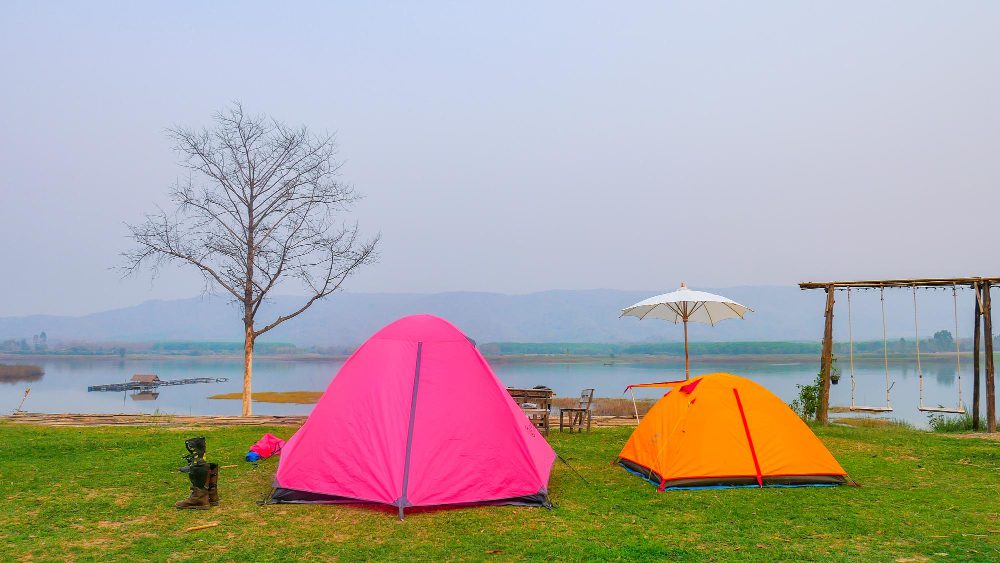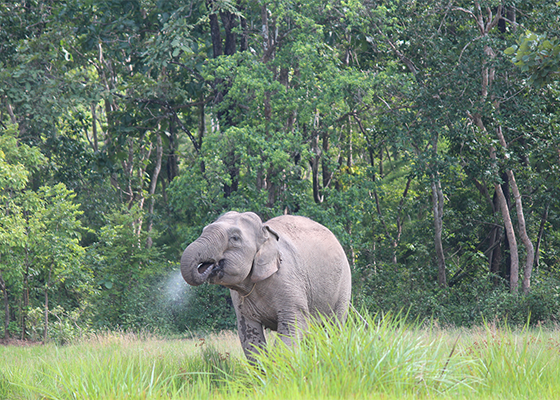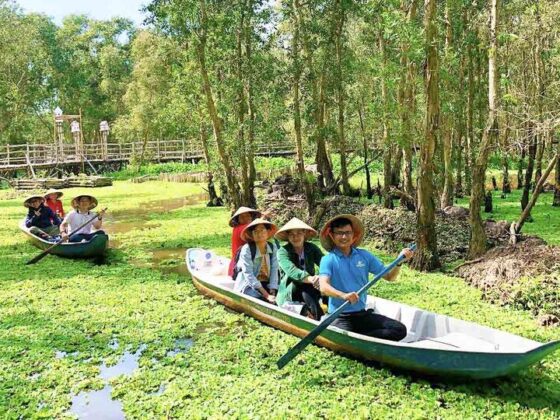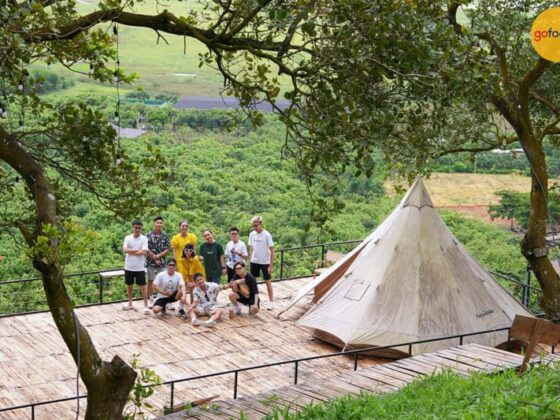Table of Contents Show
✍️ AI is summarizing:
As an avid camper, learning how to choose a tent for camping is an essential skill for anyone wanting an enjoyable outdoor experience. After countless nights under the stars, I’ve learned that certain features can elevate your camping trip from good to unforgettable. Here are the five key features I always look for when purchasing a new tent, ensuring it meets my adventure needs.
Related post:
- Brave the Wild: How to Camp Alone Safely and Confidently
- How to Prepare for Camping: Embrace the Wild and Discover Unexpected Joys
- 6 Common Tent Setup Mistakes That Could Ruin Your Camping Trip
How to choose a tent for camping based on its shape and stability
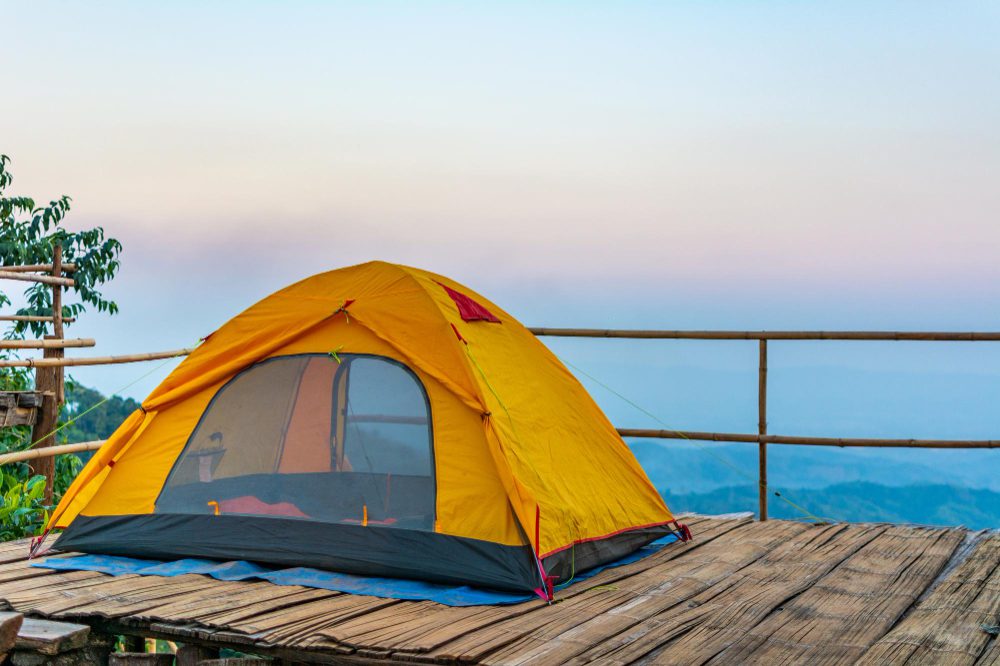
The shape of your tent is crucial for stability and space. The most common designs are dome, geodesic, and tunnel tents. Dome tents, with their cross-pole structure, offer a balance of strength and internal space, making them a popular choice for general camping. How to choose a tent for camping in terms of shape depends on the type of environment you’ll be camping in and the weather conditions you might face.
Geodesic tents use multiple poles to form a stable, triangular structure, ideal for extreme weather conditions but often overkill for casual outings. Tunnel tents typically have a long, arching shape, providing ample room and easy access, making them great for families.
Size and weight: How to choose a tent for camping that fits your needs

When it comes to tents, size does matter. How to choose a tent for camping that suits your space requirements can be tricky. Tents are usually rated by the number of occupants they can accommodate, but I’ve found it wise to halve that number for actual comfort.
For example, a four-person tent is better suited for two adults and a couple of kids, allowing space for gear and movement. Weight is another critical factor—if you’re backpacking, look for lightweight options that won’t weigh you down. For car camping, a heavier, more spacious tent can enhance comfort.
Weatherproofing: How to choose a tent for camping that can withstand the elements

Nothing ruins a camping trip faster than getting soaked in a sudden downpour. It’s essential to choose a tent that can withstand the elements. Look for tents with a “double-skin” design, featuring an inner layer and an outer flysheet to keep rain out.
Check the waterproof rating, usually measured by hydrostatic head; anything over 1,500mm is generally considered adequate. Tents with a solid, waterproof groundsheet will help keep moisture from seeping in. Additionally, ensure enough guy ropes to secure your tent against the wind.
Extra features: How to choose a tent for camping with added comfort and convenience

Considering how to choose a tent for camping, a few extra features can make life much easier when I’m camping. A porch or vestibule is great for storing muddy boots or cooking in light rain. Look for tents with sturdy, sewn-in groundsheets to keep you warm and dry. Multiple doors and windows can make a tent feel more spacious and airy, preventing that claustrophobic feeling. Interior pockets and loops for hanging lanterns are also handy for organizing your gear.
Another feature I highly recommend is a blackout liner. These liners can significantly reduce heat and block out early morning sunlight, allowing you to sleep longer and stay cooler during hot days. If you’re a light sleeper, this added feature can be a game-changer.
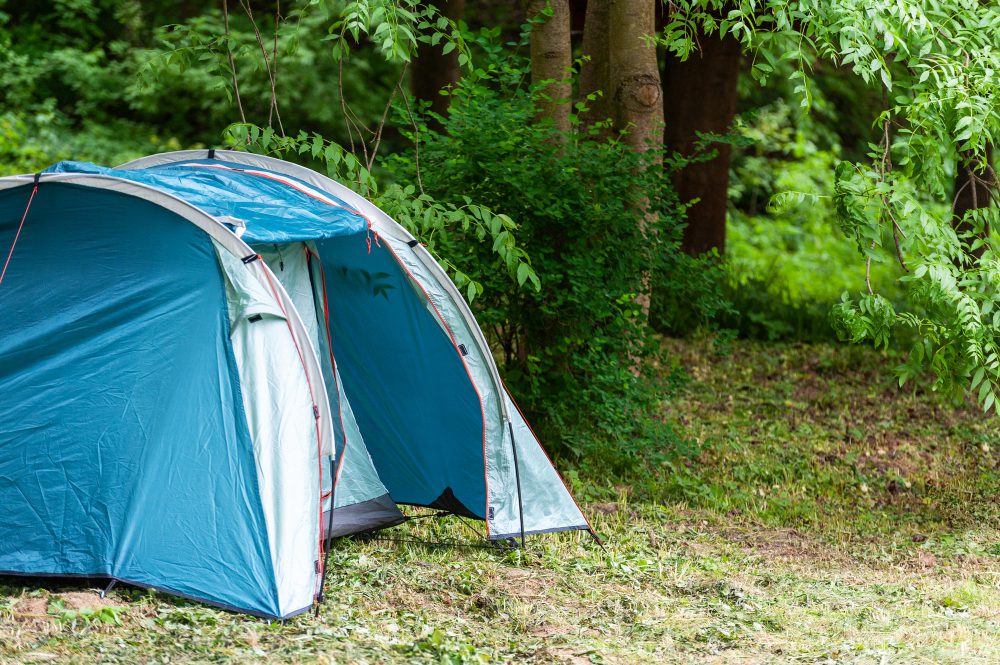
An additional feature to consider, though unnecessary, is a separate tarp suspended above your tent. This setup can provide extra cooling and shade, making your camping experience even more comfortable, especially during those hot summer days.
How to choose a tent for camping that’s easy to pitch and set up
After a long day of hiking, the last thing you want is to struggle with setting up your tent. Knowing how to choose a tent for camping that’s easy to pitch is crucial for any camper. Generally, the larger and more complex the tent, the more challenging it is to pitch. Consider inflatable tents or those designed for quick setup if ease is a priority. Practice throwing your tent at home to familiarize yourself with the process before your trip.
Conclusion
Choosing the right tent involves considering various features to enhance your camping experience. By paying attention to the shape, size, weatherproofing, extra features, and ease of pitching, you can find a tent that meets your needs and provides a comfortable home away from home. Knowing how to choose a tent for camping can make all the difference in ensuring your outdoor adventures are memorable and enjoyable. Happy camping! Follow ExoTrails on Facebook for your daily dose of travel inspiration and tips.

